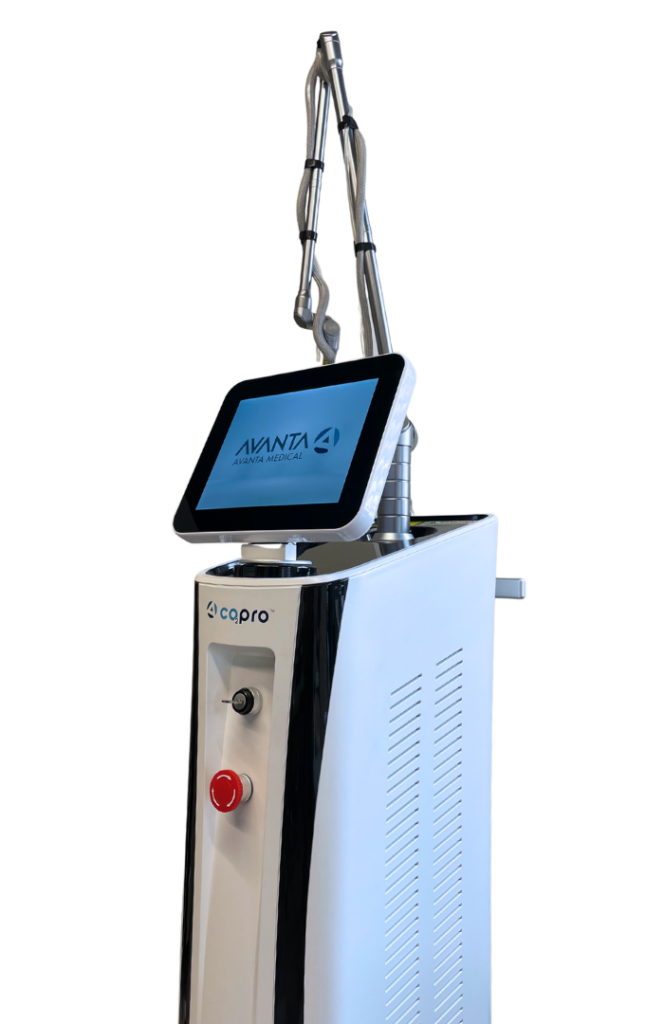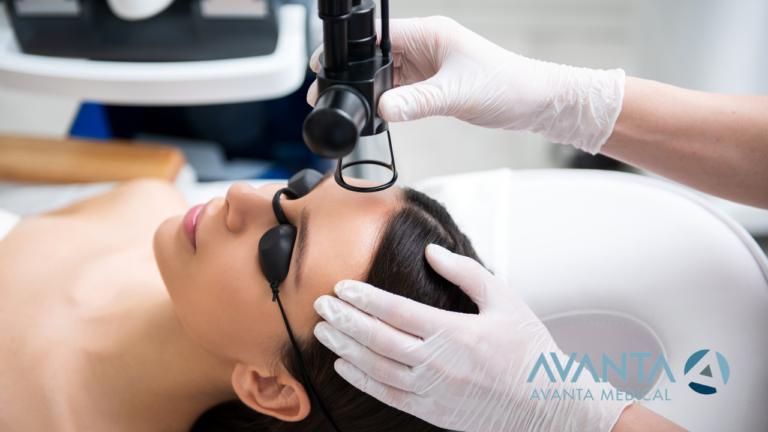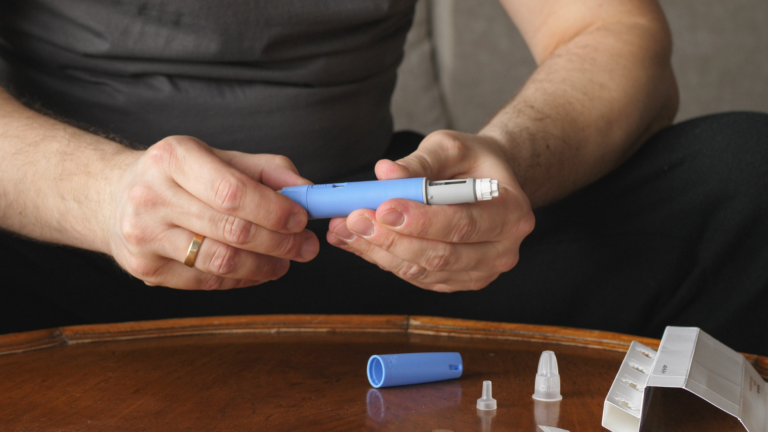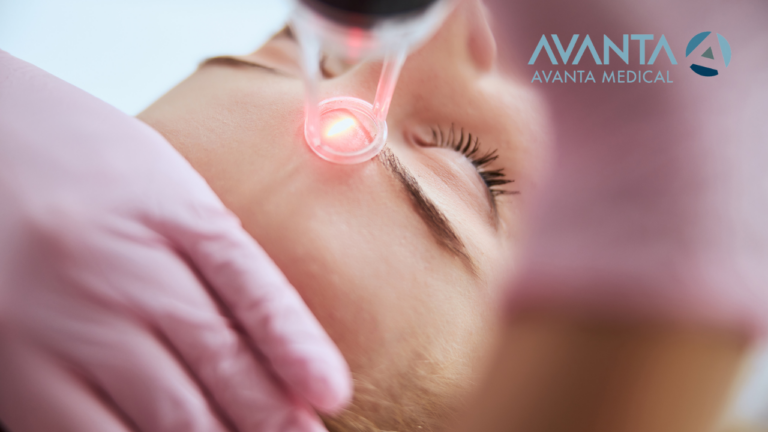CO2 Laser Resurfacing Downtime: Essential Tips and Insights
CO2 laser resurfacing is a powerful and transformative treatment that addresses various skin concerns, from wrinkles to scars and uneven texture.
While the results can be dramatic, understanding the downtime associated with this procedure is crucial for achieving optimal outcomes and setting realistic expectations.
In this article, we’ll delve into everything you need to know about CO2 laser resurfacing downtime, including what to expect, how to prepare, and tips for a smooth recovery.
Table of Contents
What Is CO2 Laser Resurfacing?
CO2 laser resurfacing is a cosmetic procedure that uses carbon dioxide lasers to precisely remove the outer layers of damaged skin.
This process stimulates collagen production and reveals smoother, more youthful-looking skin. It’s commonly used to treat:
- Fine lines and wrinkles
- Acne scars
- Sun damage
- Age spots
- Uneven skin tone and texture
One of the most advanced devices available for this procedure is the CO2Pro® laser. Known for its precision and effectiveness, the CO2Pro is designed to deliver exceptional results while minimizing downtime.
Its innovative technology ensures that treatments are tailored to individual skin needs, making it a top choice for medical professionals and patients alike.
When considering CO2 laser resurfacing, it’s essential to understand what sets this treatment apart.
To help you gain deeper insights, we’ve highlighted the top five key points you need to know about CO2 laser technology. This video dives into the unique capabilities of CO2 lasers, including their precision, and effectiveness.
What to Expect During CO2 Laser Resurfacing Downtime
Recovery from CO2 laser resurfacing typically spans 7 to 14 days, depending on the depth and intensity of the treatment. Here’s a day-by-day breakdown of what you might experience:
Day 1-3: Initial Healing Phase
- Redness and Swelling: Immediately after the procedure, your skin will appear red and swollen, similar to a severe sunburn.
- Weeping and Oozing: The treated area may ooze a yellowish liquid as your skin begins to heal.
- Care Routine: Your provider will recommend specific ointments and gentle cleansers to keep the skin hydrated and protected.
Day 4-7: Peeling and Crusting
- Peeling Skin: Around this time, the outer layer of your skin will begin to peel off. This is a natural part of the healing process as new skin emerges.
- Crusting: Some areas may develop a thin crust that should not be picked or scratched.
- Appearance: You may notice pink, fresh skin underneath the peeling layers.
Day 8-14: New Skin Emerges
- Reduced Redness: Redness will gradually subside, and your skin’s texture will start to improve.
- Sensitivity: The new skin may feel sensitive and appear slightly pink for several weeks.
Tips for Managing CO2 Laser Resurfacing Downtime
Proper care during downtime is critical for a successful recovery. Follow these tips to promote healing and enhance results:
- Follow Aftercare Instructions: Adhere to your provider’s post-treatment guidelines, including applying recommended products and avoiding harsh skincare ingredients.
- Stay Hydrated: Drink plenty of water to support your skin’s healing process from within.
- Avoid Sun Exposure: Protect your skin from UV rays by staying indoors, wearing a broad-spectrum sunscreen, and using protective clothing.
- Don’t Pick or Scratch: Allow your skin to heal naturally without interfering with the peeling process.
- Use Gentle Skincare Products: Opt for fragrance-free and hypoallergenic products to prevent irritation.
- Be Patient: Healing takes time, and results will continue to improve over the following weeks and months.
How to Prepare for CO2 Laser Resurfacing Downtime
Preparation is key to minimizing downtime and maximizing results. Here are a few steps to take before your procedure:
- Schedule Time Off: Plan for at least one to two weeks of recovery, especially if you’re undergoing a deeper treatment.
- Stock Up on Essentials: Have all recommended aftercare products on hand, including ointments, cleansers, and sunscreen.
- Avoid Certain Medications: Your provider may advise discontinuing blood-thinning medications or supplements that increase bleeding risk.
- Prep Your Skin: Use any pre-treatment skincare products your provider suggests to optimize your skin for the procedure.
Why Choose the CO2Pro for Your Treatment?

The CO2Pro laser stands out in the world of skin resurfacing for its innovative features and advanced capabilities. With a focus on patient comfort and precision, the CO2Pro delivers consistent results with fewer side effects.
Its customizable settings allow providers to tailor treatments to meet individual skin needs, ensuring optimal outcomes for a wide range of concerns.
Additionally, the CO2Pro’s advanced cooling and energy delivery systems help minimize downtime, making it an excellent choice for those seeking transformative results with minimal disruption to their daily lives.
When to Consult Your Provider
While most side effects during CO2 laser resurfacing downtime are normal, it’s important to know when to seek professional advice. Contact your provider if you experience:
- Excessive swelling or redness beyond the expected timeframe
- Signs of infection, such as pus or increasing pain
- Any other unusual or concerning symptoms
The Results Are Worth the Wait
If you’re ready to explore how the CO2Pro laser can transform your skin, don’t wait. Learn more about the CO2Pro and discover why it’s the trusted choice for advanced skin resurfacing treatments.
CO2 laser resurfacing downtime might require patience, but the transformative results make it all worthwhile.
By understanding what to expect and following a dedicated aftercare routine, you can enjoy smoother, younger-looking skin that boosts your confidence and leaves you glowing.
If you’re considering CO2 laser resurfacing, reach out to a trusted provider to learn more about the procedure and whether it’s right for you.
With the advanced capabilities of the CO2Pro laser, you can achieve exceptional results and enjoy a smoother recovery experience.
FAQ: Everything You Need to Know About CO2 Laser Resurfacing Downtime
What is CO2 laser resurfacing?
CO2 laser resurfacing is a cosmetic treatment that uses carbon dioxide lasers to remove damaged outer layers of skin, stimulate collagen production, and reveal smoother, more youthful skin. It is commonly used for treating wrinkles, acne scars, sun damage, age spots, and uneven skin tone and texture.
How does the CO2Pro laser differ from other CO2 lasers?
The CO2Pro laser is a cutting-edge device designed for precision and patient comfort. Its advanced cooling and energy delivery systems minimize downtime and side effects. The customizable settings allow providers to tailor treatments to individual skin needs, ensuring optimal results.
What is the typical downtime for CO2 laser resurfacing?
Downtime usually lasts between 7 to 14 days, depending on the depth and intensity of the treatment. The recovery process includes phases of redness, peeling, and the emergence of new skin.
What should I expect during the recovery process?
Days 1-3: Redness, swelling, and oozing may occur. Gentle cleansers and ointments are recommended.
Days 4-7: Peeling and crusting are common as the outer skin layer sheds.
Days 8-14: Redness subsides, and new, sensitive skin emerges.
How can I manage downtime effectively?
Follow your provider’s aftercare instructions.
Avoid sun exposure and use broad-spectrum sunscreen.
Stay hydrated to support healing.
Avoid picking or scratching the treated area.
Use gentle, fragrance-free skincare products.
What preparations should I make before the procedure?
Schedule 1-2 weeks off for recovery.
Stock up on recommended aftercare products, like cleansers, ointments, and sunscreen.
Avoid blood-thinning medications or supplements as directed by your provider.
Use pre-treatment skincare products to optimize your skin for the procedure.
Are there any risks or side effects?
Common side effects include redness, swelling, and peeling, which are part of the healing process. Consult your provider if you notice excessive swelling, signs of infection, or any unusual symptoms.






